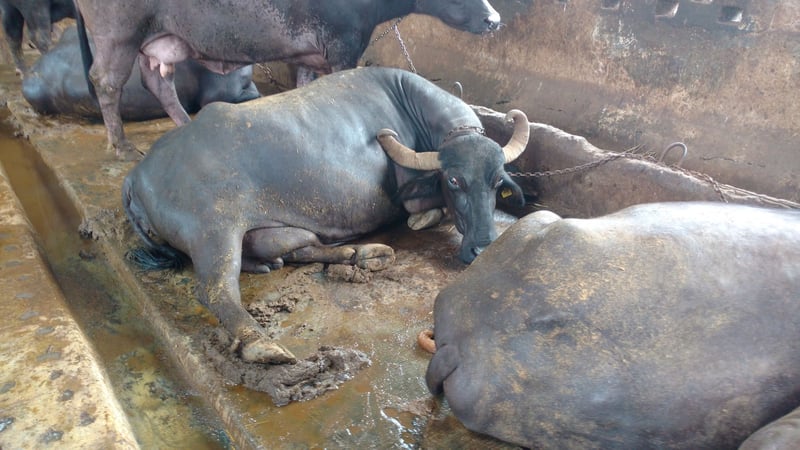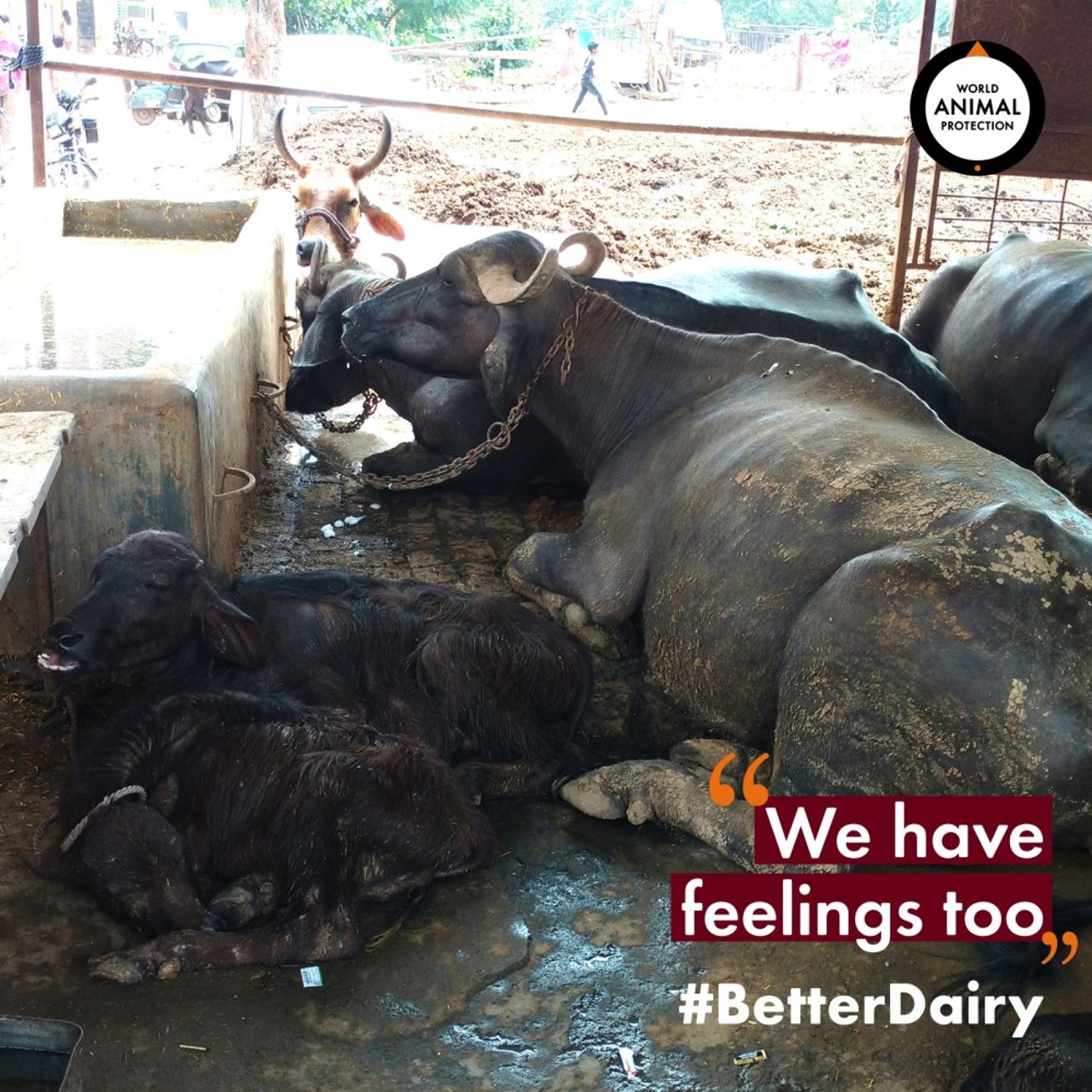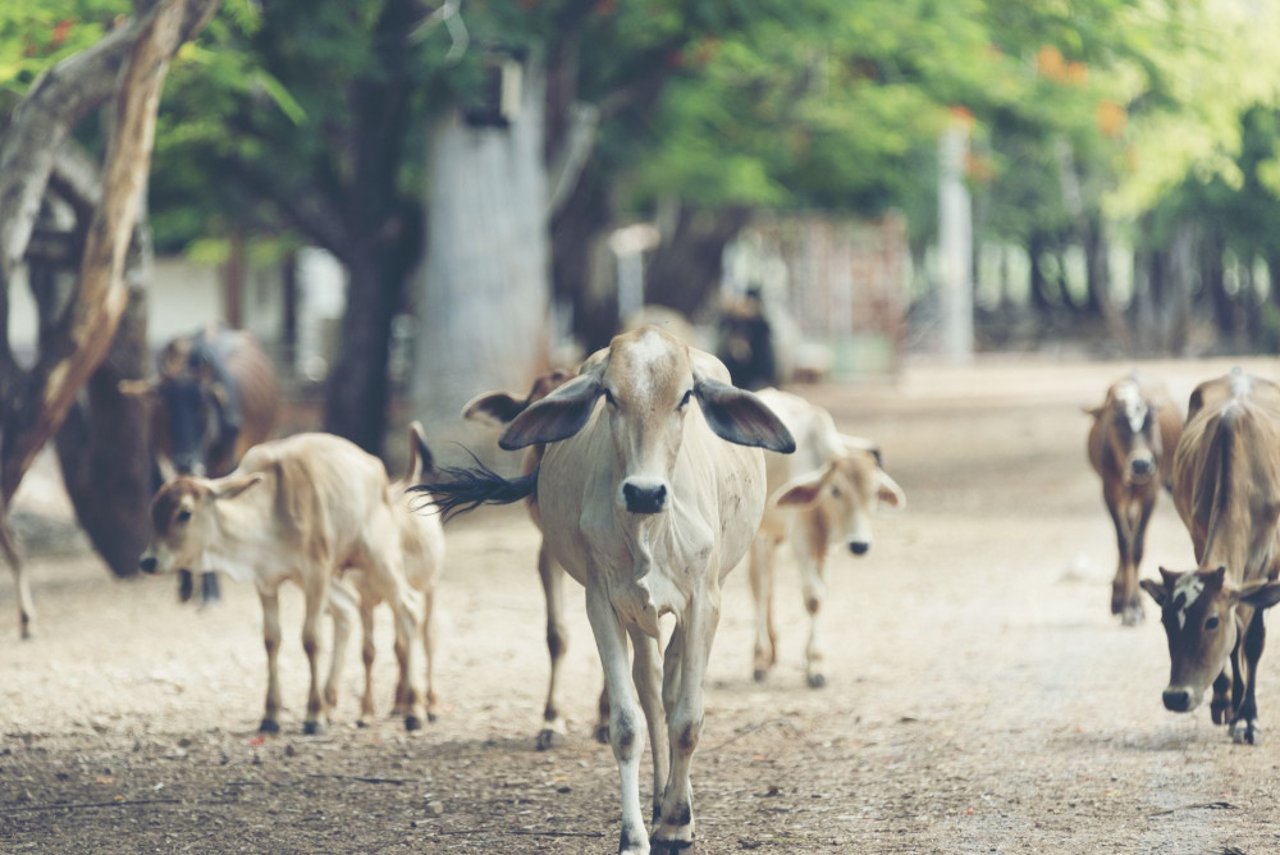
A true tale of all our infamous and conspicuous gully boys i.e. stray cattle
This isn’t a review or a write up on the famous rags to riches story of a gully boy from Dharavi but a true tale of all our infamous and conspicuous gully boys i.e. stray cattle roaming the landscape of our cities and colonies across the country. It’s the story of those slum dogs that never made it to the Oscars.
The Gateway of India nor the Taj Mahal draw out the western tourists and their fancy DSLR cameras as fast as the iconic sightings of these cows do. A trip to India is now synonymous with mandatory shots of cattle roaming the streets, stuck in traffic alongside noisy hawkers, indifferent rickshaw drivers, restless motorcyclists, and angry, temperamental car occupants.
They, however, are a symptom of a much more deep-seated issue. Has anyone ever cared to ask how this animal came to reside on a street corner, feeding on garbage, slowing down city traffic?
The 2012 livestock census
According to the 2012 livestock census, India houses nearly 5 million stray cattle. Today India is home to over 299 million cattle, 90 million of whom live in urban and peri-urban areas. The millions within city limits suffer gross atrocities every day. Those housed in urban and peri-urban dairies are often confined to large dark rooms without windows or natural light, are permanently tethered with barely any room to move, they lie in their own feces all day without access to clean water, good quality feed or any healthcare. Once these animals are no longer able to produce any milk they are either sold to slaughterhouses or left to roam the streets and fend for themselves. This is particularly true for male calves since they serve no productive purpose for commercial dairy farmers and are abandoned after birth. It is these animals that contribute to the urban stray population and as long as there are dairies located in large cities these numbers are likely to grow significantly.
Enough room to move around
Dairy cows should be housed in rural areas in free housing systems where they’re given enough room to move around, are not kept tethered, have access to clean drinking water, good quality feed and veterinary care. Unwanted animals should not be abandoned! These small changes go a long way. They not only improve the quality of milk (which in turn affects human health) but also improve the longevity and productivity of the animal. You see, happy cows are good for business too!
Not a pesky problem
The next time you spot a stray at your local traffic junction don’t dismiss them as a pesky problem but know that they are, in fact, a problem of our very own creation. When did we become immune to cruelty and hardship? When did we stifle our empathy and compassion?
Today, we as a nation, have come to accept aged people begging on the streets; children working in stalls serving tea; thousands sleeping on the hard, cold concrete pavement at night as well as malnourished, scaly stray animals meeting a show death as part of our cultural milieu. They form our mundane urban landscape and go unnoticed. Our ordinary is indeed extraordinary to the unfamiliar eye not used to poverty, hardship and the cruel realities those entail.
It’s been 73 years since we secured our independence
It’s been 73 years since we secured our independence, yet we’ve only scratched the surface. India currently deals with a dangerous cocktail of significant issues forged and reinforced by the vicious cycle of poverty and an ever increasing population, as such animals and their welfare always take a backseat. Animals, unfortunately, cannot communicate with us, they cannot share their plight or discomfort or angst and are even more vulnerable. It’s a sin to torment and an even greater sin to watch. It’s time that we raise our voices for those who cannot.
“Tera mukk jaana sara lana baana
Parindeya ne udd jaana tera pinjra….
Bolo Azadi…..”
Inspired to be an animal champion? Here’s what you can do.

